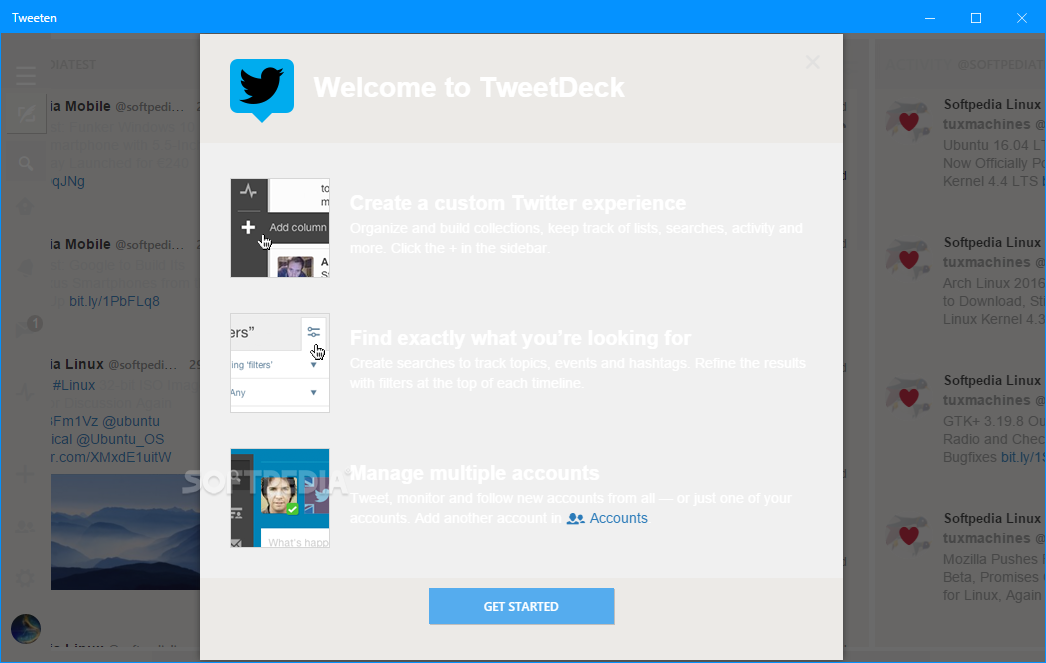

This cookie is set by GDPR Cookie Consent plugin. These cookies ensure basic functionalities and security features of the website, anonymously. Necessary cookies are absolutely essential for the website to function properly.

If you try Tweeten and still prefer TweetDeck, it will live on as an app on the web.
#TWEETEN ISSUES FOR MAC#
Tweeten is available as a free download for Mac and Windows, and you can get it as a Chrome extension as well. Tweeten has even earned a permanent spot on my MacBook’s dock. But those issues haven’t stopped me from opening up Tweeten instead of TweetDeck every morning-I had actually forgotten TweetDeck was going away until my co-workers started talking about it in Slack this morning. I think TweetDeck looks nicer, and I sometimes run into a bug where notifications appear in the middle of my screen after I plug my MacBook Air back into my monitor. I have a couple small issues with Tweeten. You can like and retweet a tweet right from the notification, as well as set things like which corner of the screen they appear in and how long they stay visible.Īn example Tweeten notification.

And I find Tweeten’s custom notifications to be far more powerful. Tweeten offers more ways to tweak the app to your liking in the settings menu. Seriously, just look at this Tweeten screenshot – if you’ve ever used TweetDeck before, I suspect this layout will look familiar:īut Tweeten has a few things I like better than the native TweetDeck app. Like Twitter’s official power user app, Tweeten lets you do things like tweet right from the client and make columns of all different kinds so that you can plug into the matrix. I downloaded it up a day or two after Twitter announced TweetDeck was going away, and I haven’t looked back. But if you’re looking for a replacement, you should seriously check out Tweeten. I rely on the TweetDeck app for my job as a news writer here at The Verge – I live for my alerts about big news and like being able to scroll the infinity of my Twitter columns – and I was disappointed to hear TweetDeck was going away. The private sector will be especially active in applied research.TweetDeck for Mac will shut down in just two days on July 1st. Because excess capacity is expected to average less in the 1990s than in the 1980s, scientists would be remiss to turn away from a promising technology just because it is output-increasing. Technologies can have high social benefit-cost ratios even if they increase output, reduce commodity prices, and require some resources to exit farming. A broad public research agenda includes more basic research, adaptive research, and protection and wise use of the environment. Emphasis will be needed on wise use of research resources, including appropriate division of activity between agronomic research in the public and private sectors. Such demands on research are unprecedented. If, as anticipated, current commodity programs continue and require farmers to compete in world markets, then a premium will be placed on research to expand productivity and maintain competitiveness while also addressing environmental and natural resource concerns. agricultural productivity growth rate is slowing in the aggregate and for major crops. Trends in productivity and export demand suggest that excess capacity will average less in the 1990s than in the 1980s.


 0 kommentar(er)
0 kommentar(er)
